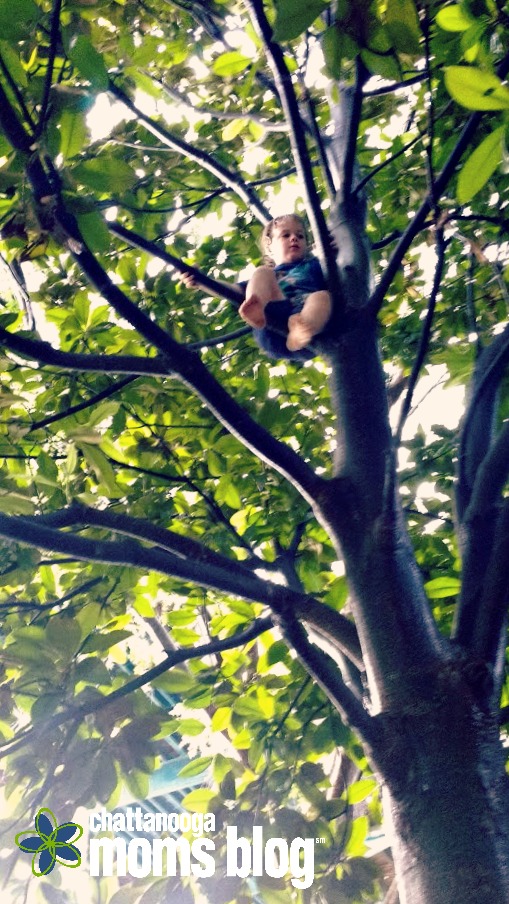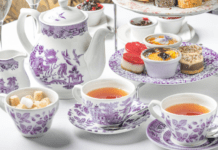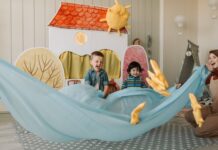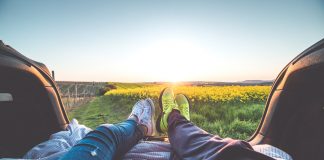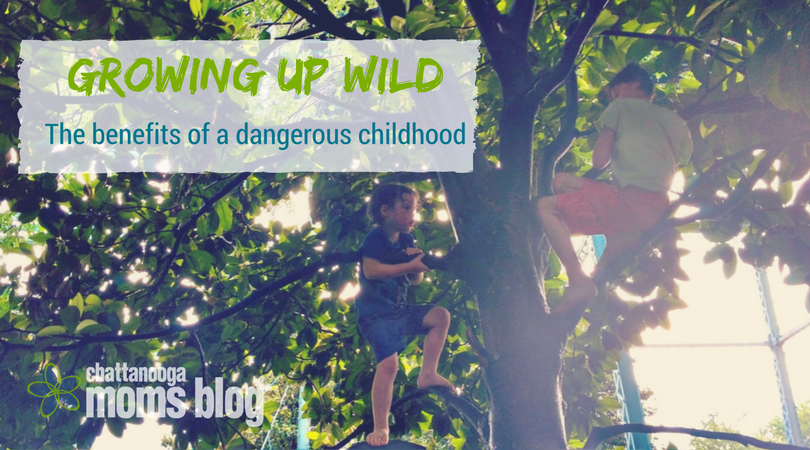
This summer, my four year old learned to climb trees. It happened in a single afternoon on the magnolias at Coolidge Park. One minute, he was swinging on the lower branches. The next minute, he was scampering up and up and completely out of sight.
“My body is ready!” he called down to me when I asked him if he felt safe.
We always encourage our children to listen to their bodies when attempting new physical skills. “His body is ready,” I repeated to myself, like a mantra. I watched the high branches swaying under his weight and then branches higher still. My breath caught in my throat. I peered up through the leaves and could see nothing except the soles of his shoes high above my head. My pulse quickened. The image of his tiny body tumbling down started playing on repeat in my head and I felt my chest tighten. Suddenly, the mantra shifted and I was thinking “MY body is NOT ready!” Before I could stop myself, I was demanding he come down this instant and failing miserably to keep the panic from my voice.
I watched as he climbed down steadily and swung gracefully to the ground. His feet barely hit dirt before his hands were on his hips and he was glaring at me. “I TOLD you my body is ready!”
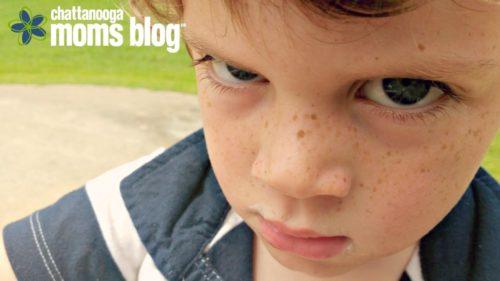
I studied my indignant four year old as the fog of fear began to dissipate, and I knew I owed him an apology. Dexter had clearly been ready to tackle this new situation, but I had been caught off guard by my fear in watching him do it. Usually, I am all about letting my boys lead risky and exciting lives. This hesitation was new, and I didn’t like it.
You see, my children use knives, light matches and hammer nails on a regular basis. You will find them cooking their own eggs on the stove most morning. They throw rocks, break bottles, use sling shots, wrestle each other, and run around barefoot outside. Everything in our house is climbed, jumped off of, or stacked and balanced on precariously. They build zip lines, forts and balancing beams in the backyard that fall apart after one use, usually when someone is still on them. They also walk to the neighbor’s house and explore the woods whenever they can. I generally do not even know where they are when we go to the playground, let alone whether or not they have climbed up the slide or thrown sand, unless of course it is brought to my attention by a concerned citizen.
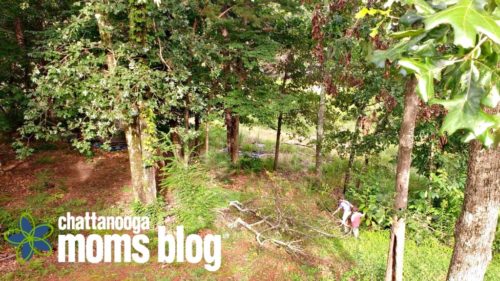
Forty years ago no one would have batted an eye at my children’s lives, but these days we often earn dirty looks and negative commentary from a generation of parents that often aim to keep their children as safe as possible under all circumstances. I usually only keep my children as safe as I deem necessary, and in this world that is basically as bad as not keeping them safe at all.
So, why do I risk it? Why do I risk the raised eyebrows on the playground? Why do I risk broken bones and burned fingers?
I risk it because I believe it is vital to a healthy childhood.
Kids crave risk. They want to push their limits and excite their senses. Many experts that study the subject theorize that children flirt with danger as a sort of self-imposed “exposure therapy” because being able to conquer fear is evolutionarily vital to survival as an adult. In spite of risky play being linked to numerous positive outcomes in children, fear of children getting hurt has led to a shift in modern parenting. As a result, parents like me tend to earn disapproving looks, but the truth is, this overprotective parenting style has not significantly reduced childhood death, injuries, or abductions. In fact, the tendency to keep our children safe may actually cause more problems as children lose the ability to assess risk and understand their own limits. When children are allowed to explore dangerous things, they learn skills that keep them safer.
So, what can we do to resist our urge to wrap the children in bubble wrap? Here are some ideas:
1. Join a local nature group.
Chattanooga has some great local nature groups that will give your child a chance to explore the wild. Two great local resources for nature exploration are Free Forest School and Hike It, Baby! Children learn so much through unstructured outdoor play and exploring the woods is always an adventure.
2. Build something!
Give your child real tools. Provide loose materials such as wood, nails, hinges, pallets and other supplies for backyard fort building and creative expression. Children take safety seriously when they sense they are trusted. In all the time my children have used tools, we have only experienced one hammered finger. There was no permanent damage and they learned a life lesson that they have carried with them ever since.
3. Cook something!
Show your children how to follow a recipe and give them access to the kitchen. It won’t be long before you can sit back and enjoy dinner made by someone other than you. If you don’t believe me, come over to my house and enjoy some of my four year old’s famous vegan chili and cornbread!
4. Pick up a “dangerous” hobby.
Try whittling, archery, target shooting, rock climbing, welding, rafting or camping. Learning from an expert is a great way to do something a little bit dangerous in a way that feels safe. Maybe it is something the two of you could do together, but as your child gains knowledge and experience, you can take a step back and let them take the lead.
5. Break stuff.
Let your kids throw bottles at the wall, or give them a hammer and some old chipped plates, break the glass out of old windows, or pull apart a leftover modem, old toaster or rotary telephone. Kids find destruction thrilling and having a parent’s blessing to destroy makes it even more exciting.
6. Take a step back.
Then, take another step back. Only you know your own comfort level and the safety needs of your children, but you can probably think of at least one situation that your child could safely explore without your intervention. A playground is a great place to start. Find a bench to sit and sit down. Bring a book! When someone inevitably starts yelling for help on the monkey bars, encourage them to give it a try on their own.
The next time we went to the park, the boys made a beeline for the magnolia trees. I headed in the opposite direction. I watched from a distance as they clambered up and down confidently. When I inevitably felt the fear rise in my throat, I reminded myself that broken bones heal more quickly than broken spirits.
And, on that day at least, we had neither.
